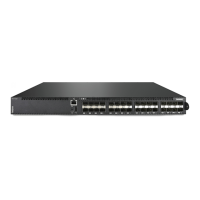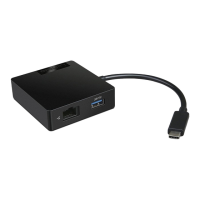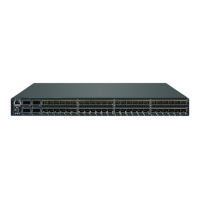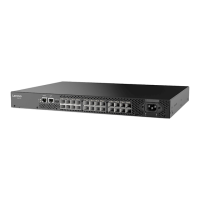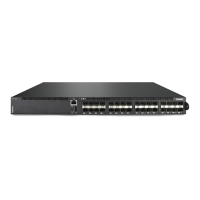© Copyright Lenovo 2017 Preface 23
Chapter 19,“EdgeVirtualBridging(EVB),”discussest
heIEEE802.1Qbg—a
standards‐basedprotocolthatdefineshowvirtualEthernetbridgesexchange
configurationinformation.EVBbridgesthegapbetweenphysicalandvirtual
networkresources,thussimplifyingnetw orkmanagement.
Chapter 20,“StaticMulticastARP,”discussestheconfiguration
ofastaticARP
entrywithmulticastMACaddressforMicrosoft’sNetworkLoadBalancing
(NLB)featuretofunctionefficiently.
Chapter 21,“UnifiedFabricPort,”describeshowUFP
logicallysubdividesa
high‐speedphysicallinkconnectingtoaserverNICortoaConvergedNetwork
Adapter(CNA).UFPprovidesaswitch fabriccomponenttocontroltheNIC.
Chapter 22,“SwitchPartition,”describes
thecreationofmultiplepartitions
withinaswitchtoformavirtualswitchingcontextwithrespecttodataplane
partitionofaswitch.
Part 5: IP Routing
Chapter 23,“BasicIPRouting,”describeshowtoconfiguretheCN4093forIP
routingusingIPsubnets,BOOTP,andDHCPRelay.
Chapter 24,“InternetProtocolVersion6,”describeshowtoconfigurethe
CN4093forIPv6hostmanagement.
Chapter 25,“UsingIPsecwithIPv6,”describeshowtoconfigureInternet
ProtocolSecurity(IPsec)forsecuringIPcommunicationsbyauthenticatingand
encryptingIPpackets,withemphasisonInternetKeyExchangeversion 2,and
authentication/confidentialityforOSPFv3.
Chapter 26,“RoutingInformationProtocol,”describeshowtheEnterpriseNOS
softwareimplementsstandardRoutingInformationProtocol(RIP)for
exchangingTCP/IProuteinformationwithotherrouters.
Chapter 27,“InternetGroupManagementProtocol,”describeshowthe
EnterpriseNOSsoftwareimplementsIGMPSnoopingorIGMPRelayto
conservebandwidthinamulticast‐switchingenvironment.
Chapter 28,“Mult icastListenerDiscovery,”describeshowMulticastListener
Discovery(MLD)isusedwithIPv6tosupporthostusersrequestsformulticast
dataforamulticastgroup.
Chapter 29,“BorderGatewayProtocol,”describesBorderGatewayProtocol
(BGP)conceptsandfeaturessupportedinEnterpriseNOS.
Chapter 30,“OSPF,”describeskeyOpenShortestPathFirst(OSPF)concepts
andtheirimplementedinEnterpriseNOS,andprovidesexamplesofhowto
configureyourswitch forOSPFsupport.
Chapter 31,“ProtocolIndependentMulticast,”describeshowmulticastrouting
canbeefficientlyaccomplishedusingtheProtocolIndependentMulticast(PIM)
feature.
Part 6: High Availability Fundamentals
Chapter 32,“BasicRedundancy,”describeshowtheCN4093supports
redundancythroughaggregationandHotlinks.
Chapter 33,“Layer2Failover,”describeshowtheCN4093supports
high‐availabilitynetworktopologiesusingLayer2Failover.
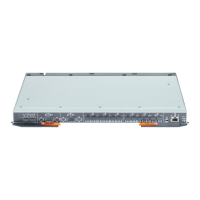
